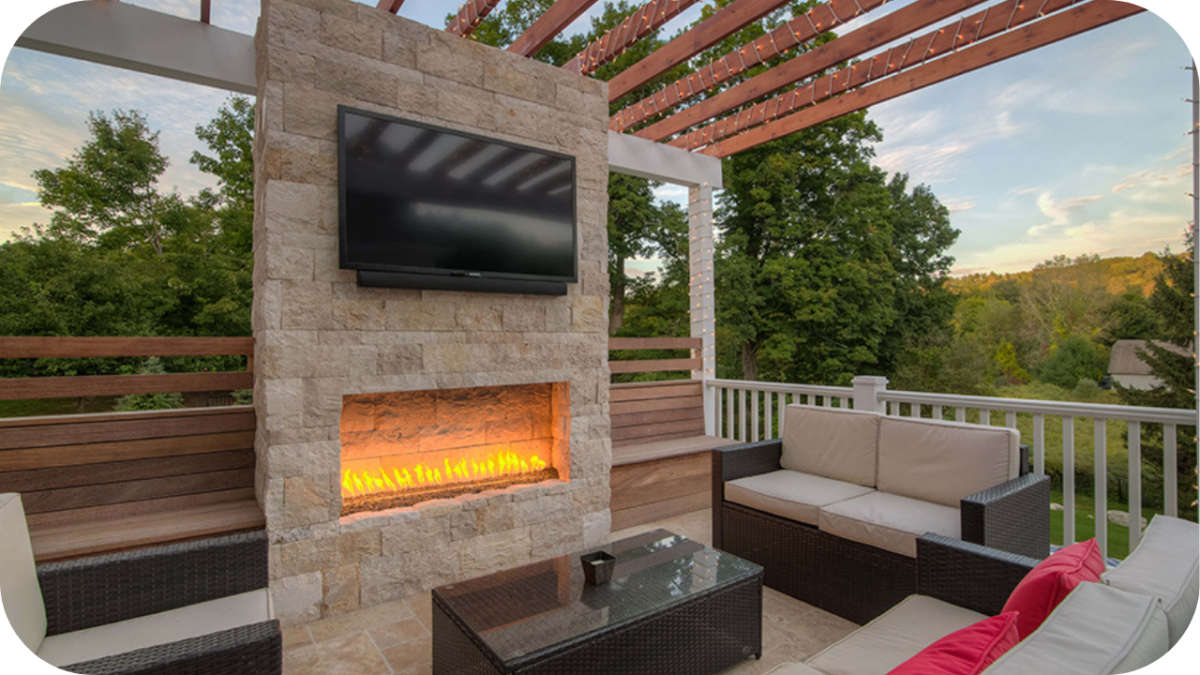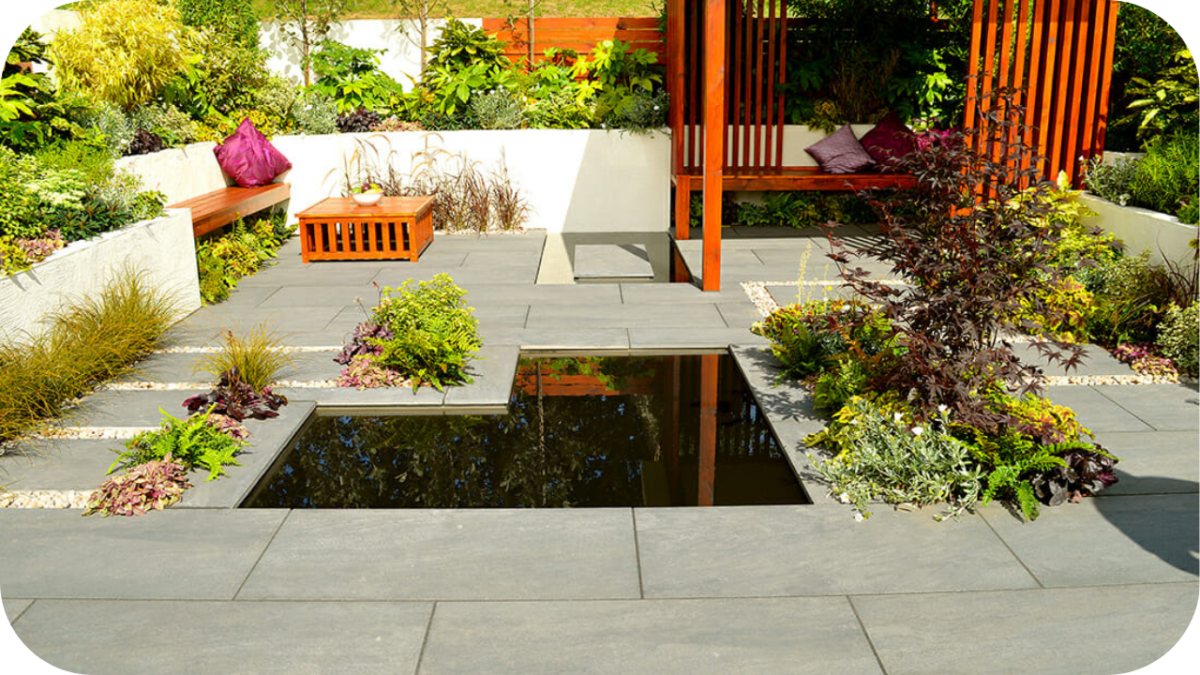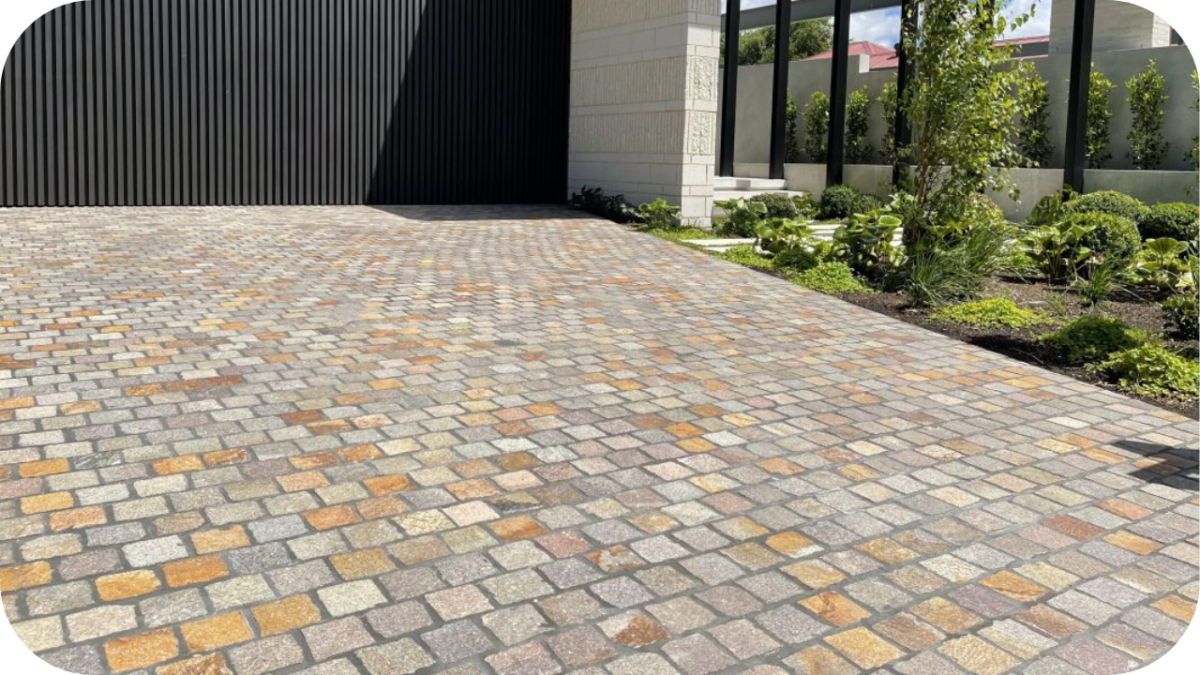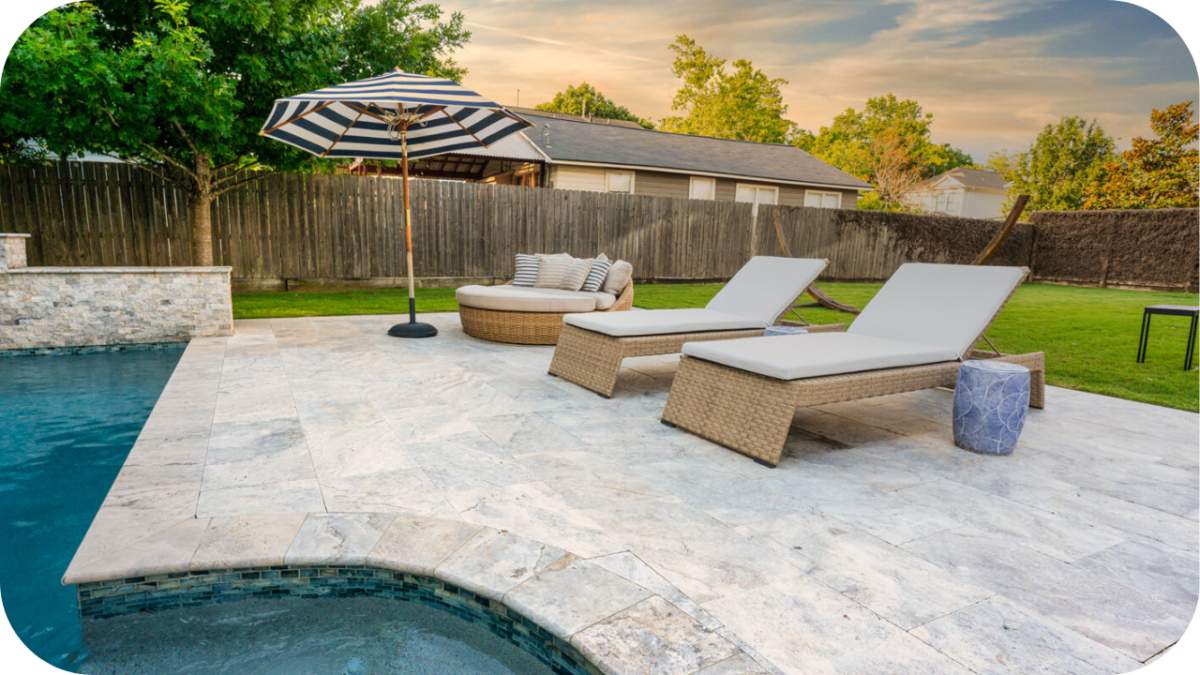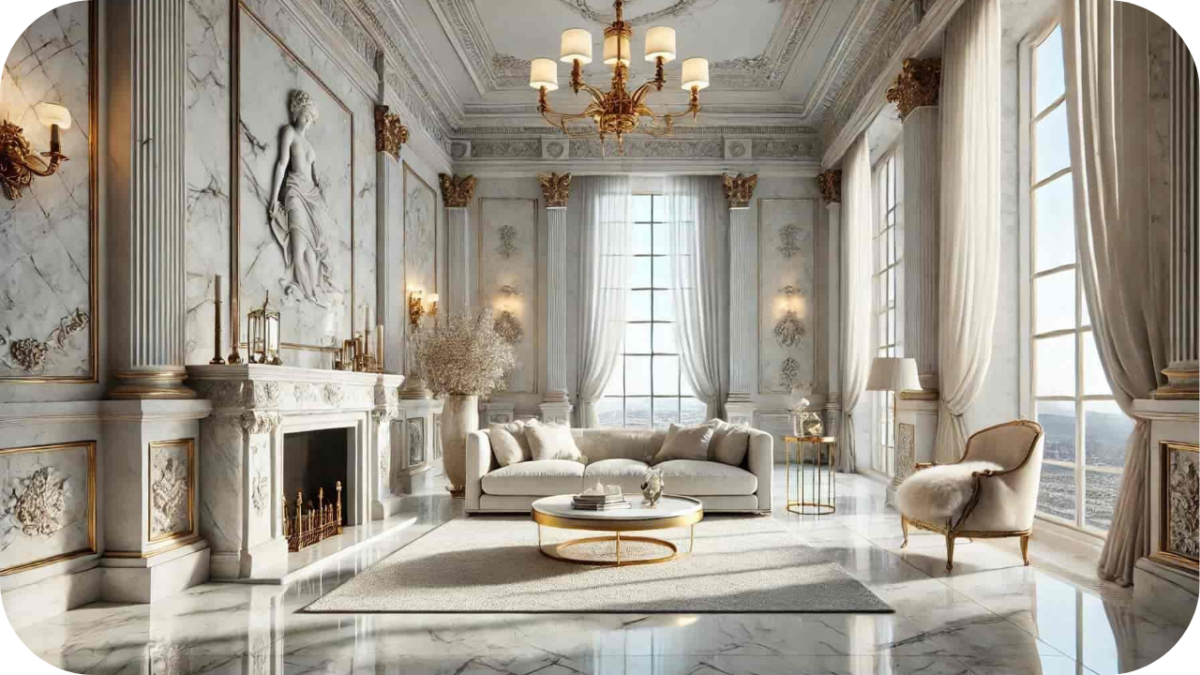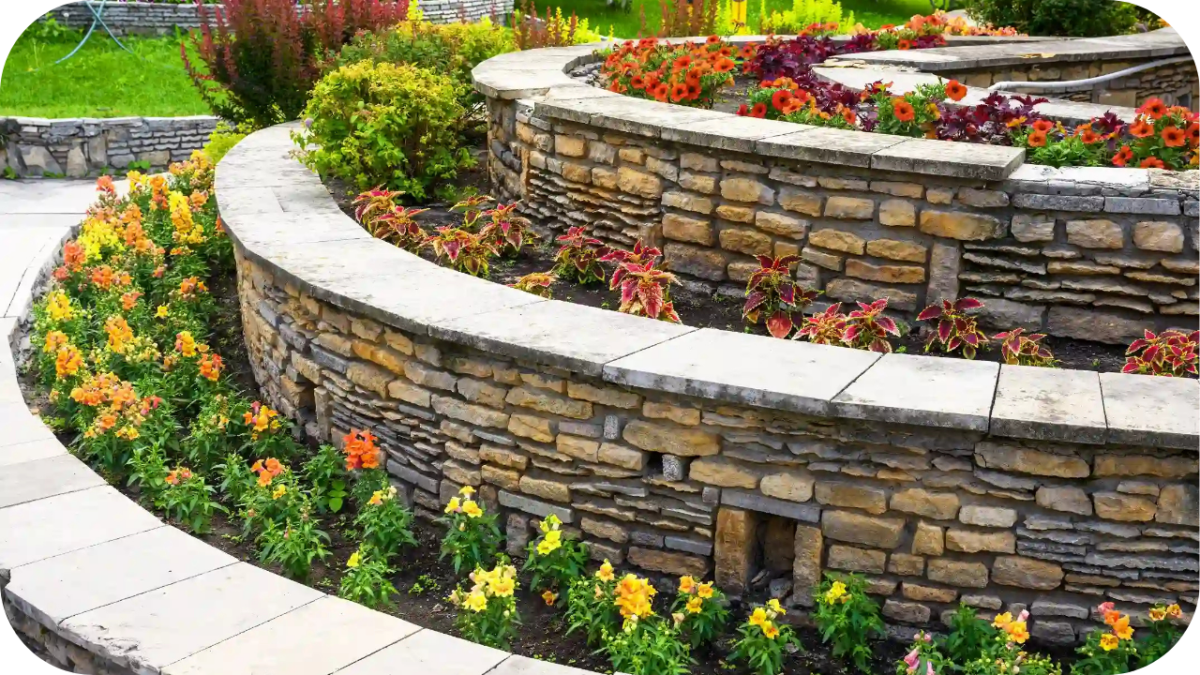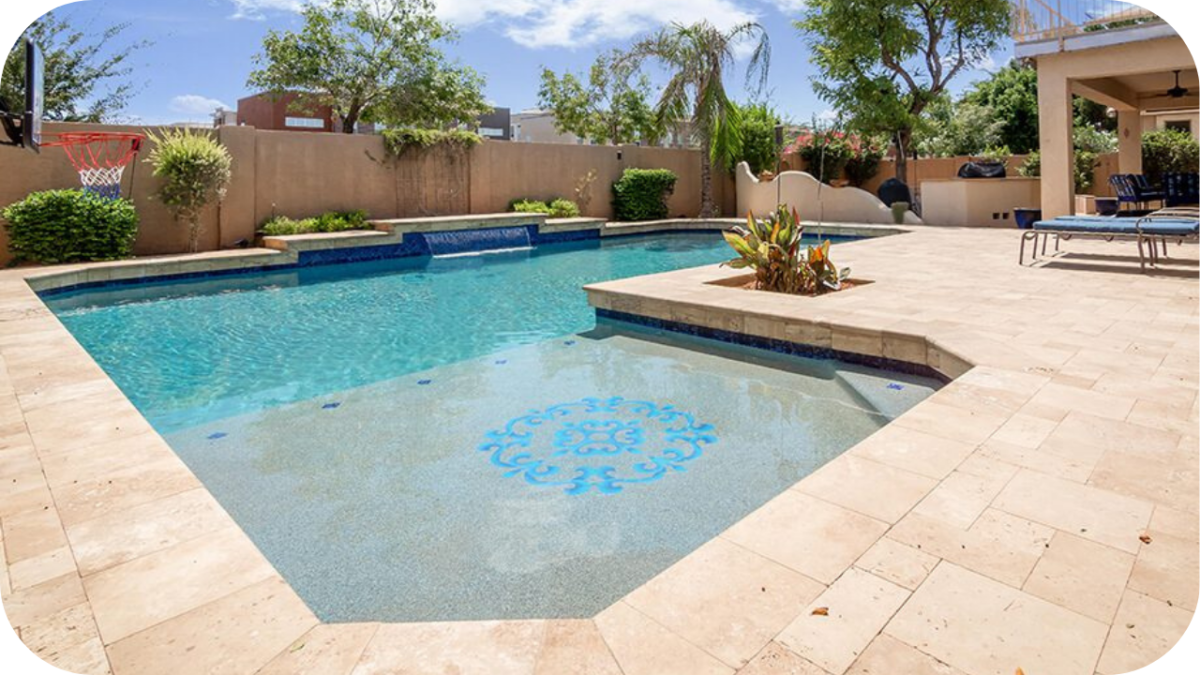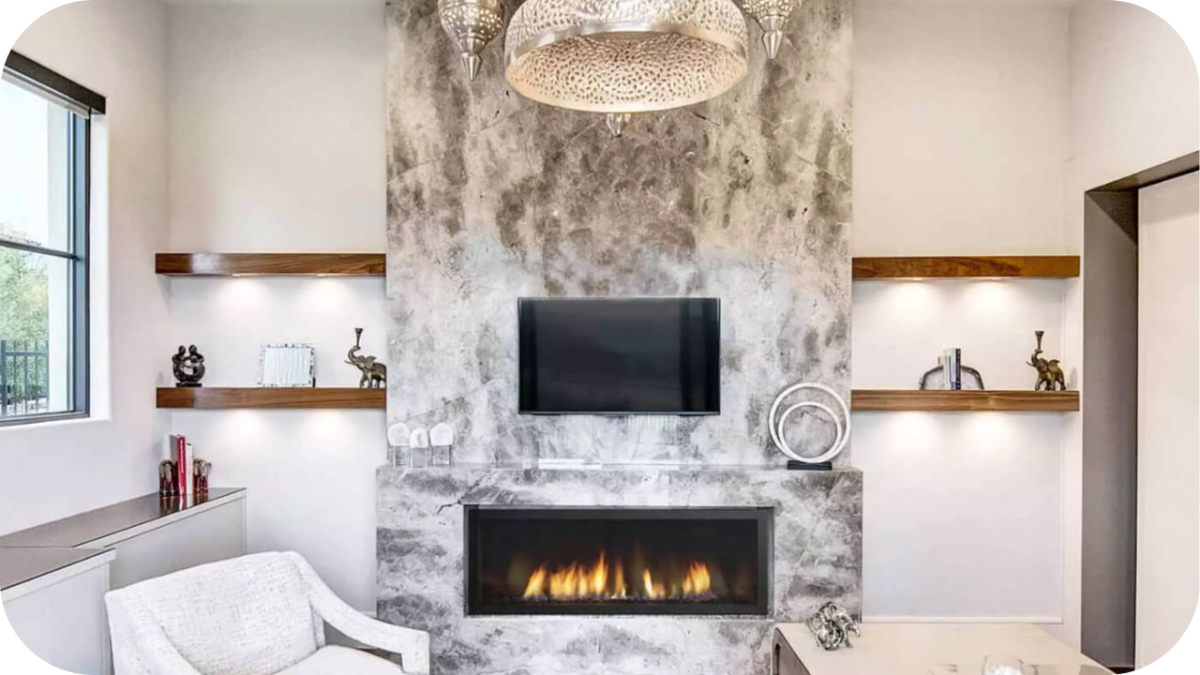How to Create a Luxurious Outdoor Space with Natural Stone
Dreaming of an outdoor space that blends timeless beauty with everyday functionality? Natural stone offers just that. With its textured surfaces, natural variation, and lasting strength, it brings elegance and performance to any backyard.
Whether it’s a paved patio, a poolside retreat, or an alfresco kitchen, natural stone enhances the look and feel of every corner.
In this article, you’ll find inspiring design ideas, expert advice, and the best stone choices to create a cohesive, luxurious outdoor space built to impress and endure.
Key Areas to Elevate with Natural Stone

From poolside retreats to garden paths, every outdoor zone deserves a touch of luxury. Here’s how natural stone can transform your living space into timeless, high-performing spaces.
1. Paved Entertaining Areas
Bluestone, Travertine, Granite, and Porphyry create non-slip, cool-to-touch surfaces with premium appeal. Use large-format tiles or modular patterns to give patios a modern, architectural edge that’s ready for entertaining.
2. Pool Surrounds and Water Features
Limestone, Travertine, and Porphyry offer soft tones, slip resistance, and low heat absorption. Pair these stones with complementary pool tiles for a clean, cohesive look around pools and water elements.
3. Outdoor Fireplaces and Feature Walls
Quartzite, Limestone, or Split-Face Walling Stone deliver stunning texture and warmth. Stacked or cladded stone adds depth and visual drama, creating standout architectural features in your outdoor setting.
4. Garden Pathways and Steps
Porphyry, Bluestone, and Granite provide durable, weather-resistant surfaces with rustic charm. Mix linear and irregular formats to design elegant, functional walkways that guide movement and add structure to gardens.
5. Alfresco Kitchens and Dining Zones
Granite benchtops paired with Bluestone or Travertine floors bring heat resistance and easy maintenance. Combine with timber or steel finishes for a sophisticated, resort-style alfresco experience that’s made for entertaining.
Design Tips for a Cohesive and Luxurious Feel

Luxury lies in the details. To create a polished, harmonious outdoor space, follow these simple yet effective design principles:
1. Use consistent materials
Repeat the same natural stone across multiple zones to create a connected, visually seamless layout. This unified approach helps your outdoor space feel larger, more intentional, and professionally styled from every angle.
2. Balance textures and finishes
Incorporate a mix of smooth and rough finishes, such as honed or split-face stone. This contrast adds depth and interest while maintaining consistency, resulting in a high-end yet cohesive material palette.
3. Layer lighting and furnishings
Combine natural textures with ambient lighting and quality furniture to elevate your outdoor areas. Lighting draws attention to stone details, while furnishings enhance comfort and complete the luxurious atmosphere.
4. Keep it minimal yet impactful
Avoid overcrowding your space. Let the beauty of natural stone take centre stage by using fewer, high-quality materials. Simplicity amplifies elegance and allows key design elements to shine on their own.
5. Frame focal points intentionally
Use stone to highlight standout features like fireplaces, water elements, or seating zones. Framing these areas with stone draws the eye and brings structure and clarity to your overall outdoor layout.
6. Blend with the surrounding nature
Choose stone tones that reflect nearby trees, timber, or garden beds. Designing in harmony with the natural environment helps the space feel grounded, serene, and perfectly integrated into its surroundings.
Why Natural Stone Is Ideal for Outdoor Luxury

Elegance starts from the ground up. Natural stone delivers not only beauty but long-term value across every outdoor application. Here’s why it’s the smart choice for building luxury that lasts.
- Elegant aesthetics: Natural stone features rich textures and organic variation that instantly elevate outdoor spaces. It brings a bespoke, high-end feel that adds depth and timeless character to any setting.
- Durability in harsh conditions: Ideal for Australia’s changing weather, natural stone resists fading, cracking, and erosion. Whether exposed to full sun, coastal air, or frost, it holds up beautifully over time.
- Low maintenance: Once sealed correctly, natural stone is easy to clean and requires minimal upkeep. With basic rinsing and seasonal care, it stays pristine and attractive for years to come.
- Versatile design use: Suitable for paving, cladding, benchtops, or walling, stone adapts to various design styles. It creates cohesion across outdoor areas and works well with other natural materials.
- Eco-friendly choice: Sourced from the earth and built to last, natural stone is a sustainable alternative to manufactured surfaces. Its durability also reduces long-term waste and replacement needs.
- Boosts property value: Premium finishes like natural stone improve kerb appeal and resale value. Buyers are drawn to outdoor spaces that blend lasting beauty with quality craftsmanship.
- Timeless appeal: Natural stone transcends trends. It suits classic and contemporary styles, ensuring your outdoor design remains stylish and relevant through changing tastes and seasons.
How to Choose the Right Stone for Your Outdoor Space

The right stone makes all the difference. To achieve both performance and visual harmony, consider these key factors before making your final selection.
1. Assess Climate Suitability
Understand how different stones perform in various weather conditions. Some, like Granite and Bluestone, resist heat and frost, while others are better suited for coastal or shaded areas prone to moisture and salt exposure.
2. Match Colour and Texture
Select tones and finishes that enhance your home’s architecture and landscape. Earthy hues blend with nature, while greys and creams offer a crisp, modern contrast for contemporary outdoor designs.
3. Check for Consistency and Quality
Opt for premium, calibrated stone that maintains uniform thickness and finish. Consistency across tiles or pavers ensures professional results, smoother installation, and a cleaner visual flow across your outdoor surfaces.
4. Review Maintenance Requirements
Some stones need more sealing or cleaning than others. Knowing what’s involved in long-term care helps you choose a material that fits your lifestyle and keeps your outdoor space looking fresh.
5. Align with Your Budget
Natural stone varies in price depending on type and finish. Plan around your budget by weighing upfront costs against longevity and maintenance, so you invest wisely without compromising on visual impact.
Maintenance and Care for Outdoor Natural Stone

Protecting your investment starts with proper care. With the right maintenance routine, your natural stone surfaces will retain their beauty and performance for years to come.
- Seal regularly and appropriately: Apply a high-quality sealer suited to your specific stone type. Sealing protects against stains, moisture, and weather, preserving the stone’s appearance and structural integrity over time.
- Clean using pH-neutral products: Avoid acidic or abrasive cleaners that may damage the stone surface. Use gentle, pH-neutral solutions and soft brushes to maintain cleanliness without compromising the finish.
- Rinse outdoor surfaces routinely: Hose down paved areas and pathways regularly to remove dust, grime, and organic matter, preventing build-up and maintaining a fresh, clean appearance throughout the year.
- Reseal as part of seasonal care: Check stone surfaces seasonally for fading or water absorption. Reseal when necessary to ensure continued protection and reduce the risk of wear and discolouration.
- Repair chips and cracks early: Repair chips and cracks as soon as they appear. Timely repairs prevent further deterioration, helping maintain both the structural integrity and the visual appeal of the stone.
- Remove stains promptly: Treat spills and organic stains quickly to prevent long-term discolouration. Use stone-safe cleaning agents to lift marks without damaging the surface or altering its natural finish.
- Sweep or blow off debris: Regularly remove leaves, dirt, and debris using a broom or blower. This prevents scratching and staining while keeping your outdoor stone areas neat and inviting.
Conclusion
Natural stone offers more than just surface beauty. It brings texture, durability, and timeless elegance to every corner of your outdoor space. From pool surrounds to alfresco kitchens, choosing the right stone transforms everyday areas into luxurious retreats built to last.
Ready to elevate your outdoors with expert guidance and premium stone? Speak with the team at Splendour in Stone for tailored advice, curated stone selections, and trusted support from design to installation. Your dream outdoor space starts here.

